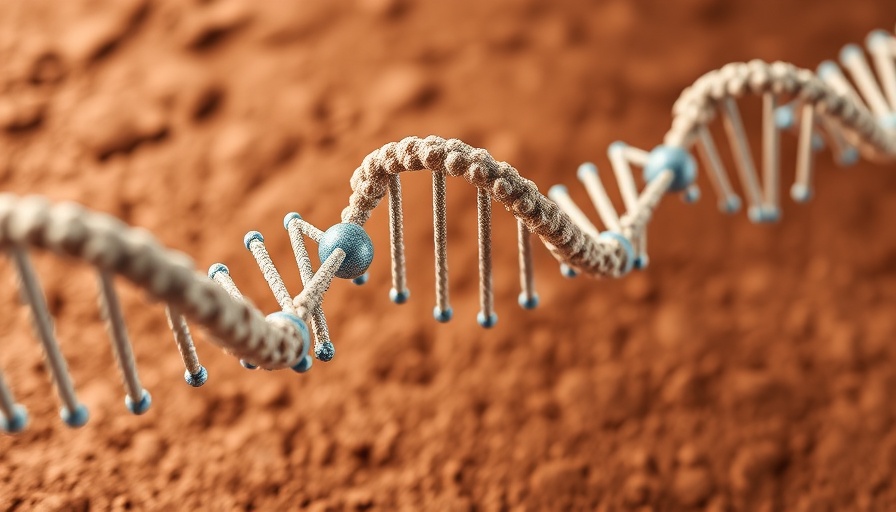
The Hidden Mechanics of Hormone-Driven Gene Activation
Have you ever wondered how our hormones influence our genes? Recent research from the Nano Life Science Institute at Kanazawa University sheds light on this intricate relationship, highlighting how estrogen receptors function as key players in gene activation. Through high-speed atomic force microscopy (HS-AFM), scientists have captured the real-time process of how the estrogen receptor alpha (ERα) binds to DNA and activates genes, deepening our understanding of this vital biological mechanism.
Unlocking the Secrets of Estrogen Receptors
The team, led by researcher Richard Wong, utilized HS-AFM technology to observe individual molecules of ERα in action. Their study revealed that when the hormone estrogen binds with ERα, it triggers a transformation that allows the receptor to dimerize—essentially pairing up with another ERα molecule—thus enhancing the accuracy and stability of its attachment to specific DNA sequences known as estrogen response elements (EREs). This dynamic process occurs at a molecular level that has never been witnessed before, offering exciting insights into hormone signaling.
The Importance of Precision in Gene Activation
Interestingly, the researchers discovered that while ERα can bind to DNA even in the absence of estrogen, this binding is less precise and stable. This reinforces the idea that estrogen serves not only to initiate gene activation but also to fortify the connection once it is established. Wong metaphorically describes estrogen as a "molecular matchmaker," emphasizing its role in ensuring the correct engagement with DNA sequences, which is crucial in regulating gene activity and influencing various biological functions.
Implications for Health: A New Understanding of Diseases
This groundbreaking research does not just hold significance for basic biology; it has critical implications for understanding diseases like breast cancer. By elucidating how hormone signaling operates at a detailed, molecular level, scientists may pave the way for novel therapeutic strategies aimed at diseases influenced by hormone receptors. The knowledge gleaned from this study could inspire new biotech innovations that help detect or treat conditions tied to hormonal imbalances.
Future Opportunities in Biotech
The implications of these findings extend into the biotech realm, where there is growing interest in developing targeted therapies that exploit the nuances of hormone signaling. As precision medicine continues to advance, understanding how hormones interact with molecular structures opens the door for tailored treatments that could improve patient outcomes in various health arenas.
A Call to Engage with Cutting-Edge Research
As we stand on the brink of significant advancements in both biology and biotechnology, it’s essential for the public to stay curious and engaged. Understanding the mechanics of hormone-driven gene activation not only enriches our knowledge of biology but also emphasizes the importance of continued research in shaping a healthier future.
 Add Row
Add Row  Add
Add 




Write A Comment